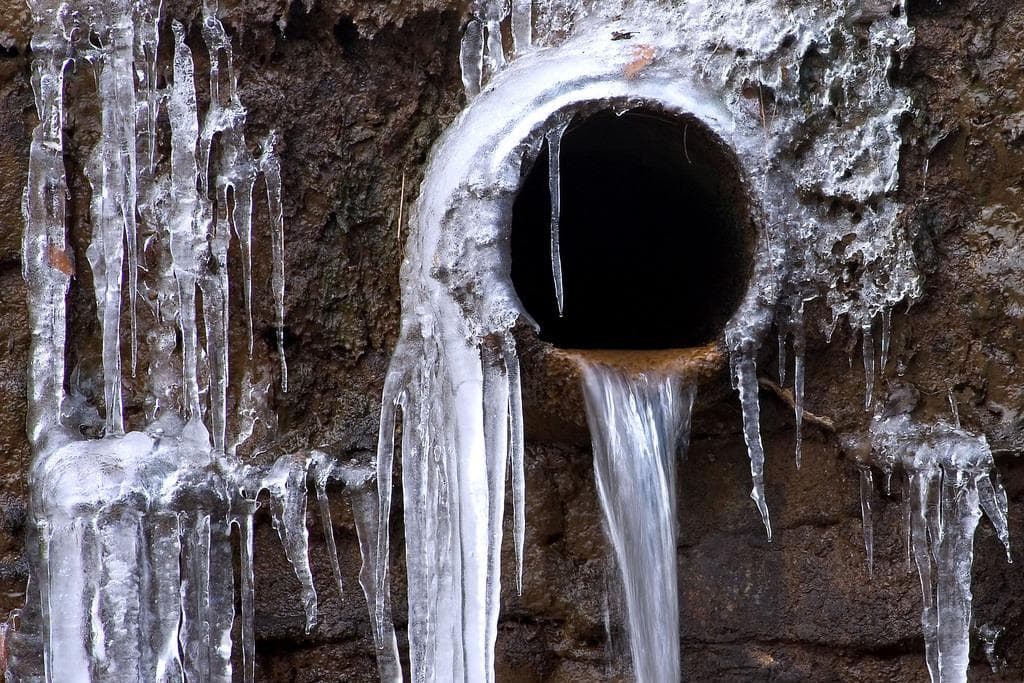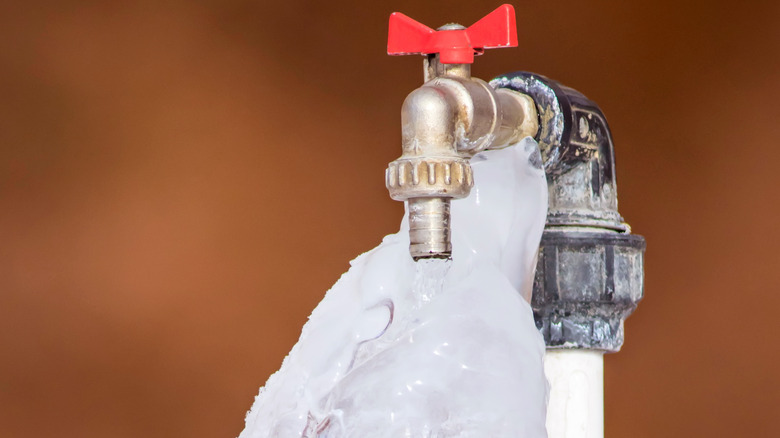Essential Advice to Protect Against Frozen Pipes in Cold Weather
Essential Advice to Protect Against Frozen Pipes in Cold Weather
Blog Article
This post directly below involving 6 Ways to Prevent Frozen Pipes is amazingly remarkable. Give it a go and draw your own personal results.

Winter can ruin your plumbing, specifically by freezing pipes. Right here's how to prevent it from happening and what to do if it does.
Introduction
As temperature levels drop, the threat of icy pipelines rises, possibly leading to expensive repair services and water damages. Understanding how to stop icy pipelines is essential for property owners in chilly climates.
Understanding Frozen Pipelines
What creates pipelines to ice up?
Pipelines ice up when revealed to temperatures below 32 ° F (0 ° C) for extended durations. As water inside the pipelines ices up, it broadens, taxing the pipe wall surfaces and possibly triggering them to rupture.
Threats and damages
Frozen pipes can result in water system disruptions, property damage, and costly repairs. Burst pipes can flooding homes and create substantial structural damage.
Indications of Frozen Water Lines
Determining icy pipelines early can prevent them from rupturing.
Exactly how to determine frozen pipelines
Look for decreased water circulation from faucets, unusual smells or noises from pipes, and visible frost on subjected pipes.
Avoidance Tips
Insulating susceptible pipelines
Wrap pipelines in insulation sleeves or use warmth tape to secure them from freezing temperatures. Focus on pipes in unheated or exterior locations of the home.
Home heating techniques
Maintain interior areas appropriately heated up, especially areas with plumbing. Open closet doors to allow cozy air to circulate around pipes under sinks.
Protecting Outside Pipes
Garden hose pipes and outside faucets
Detach and drain pipes garden pipes prior to winter. Set up frost-proof spigots or cover exterior taps with insulated caps.
What to Do If Your Pipes Freeze
Immediate activities to take
If you think frozen pipelines, keep faucets open to relieve stress as the ice melts. Utilize a hairdryer or towels soaked in warm water to thaw pipes slowly.
Long-Term Solutions
Architectural modifications
Think about rerouting pipelines away from exterior wall surfaces or unheated areas. Include additional insulation to attics, cellars, and crawl spaces.
Updating insulation
Buy top notch insulation for pipes, attics, and wall surfaces. Proper insulation assists keep consistent temperature levels and lowers the risk of icy pipelines.
Conclusion
Stopping icy pipelines requires positive actions and quick responses. By recognizing the reasons, signs, and preventive measures, house owners can shield their plumbing during winter.
5 Ways to Prevent Frozen Pipes
Drain Outdoor Faucets and Disconnect Hoses
First, close the shut-off valve that controls the flow of water in the pipe to your outdoor faucet. Then, head outside to disconnect and drain your hose and open the outdoor faucet to allow the water to completely drain out of the line. Turn off the faucet when done. Finally, head back to the shut-off valve and drain the remaining water inside the pipe into a bucket or container. Additionally, if you have a home irrigation system, you should consider hiring an expert to clear the system of water each year.
Insulate Pipes
One of the best and most cost-effective methods for preventing frozen water pipes is to wrap your pipes with insulation. This is especially important for areas in your home that aren’t exposed to heat, such as an attic. We suggest using foam sleeves, which can typically be found at your local hardware store.
Keep Heat Running at 65
Your pipes are located inside your walls, and the temperature there is much colder than the rest of the house. To prevent your pipes from freezing, The Insurance Information Institute suggests that you keep your home heated to at least 65 degrees, even when traveling. You may want to invest in smart devices that can keep an eye on the temperature in your home while you’re away.
Leave Water Dripping
Moving water — even a small trickle — can prevent ice from forming inside your pipes. When freezing temps are imminent, start a drip of water from all faucets that serve exposed pipes. Leaving a few faucets running will also help relieve pressure inside the pipes and help prevent a rupture if the water inside freezes.
Open Cupboard Doors
Warm your kitchen and bathroom pipes by opening cupboards and vanities. You should also leave your interior doors ajar to help warm air circulate evenly throughout your home.

I discovered that piece of writing about How to Prevent Your Pipes From Freezing while looking around the web. Sharing is nice. Helping others is fun. We enjoy your readership.
Get Your Estimate Now Report this page